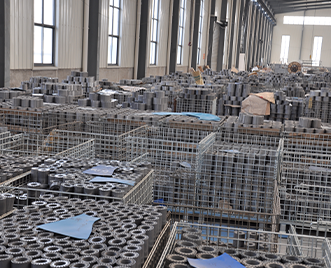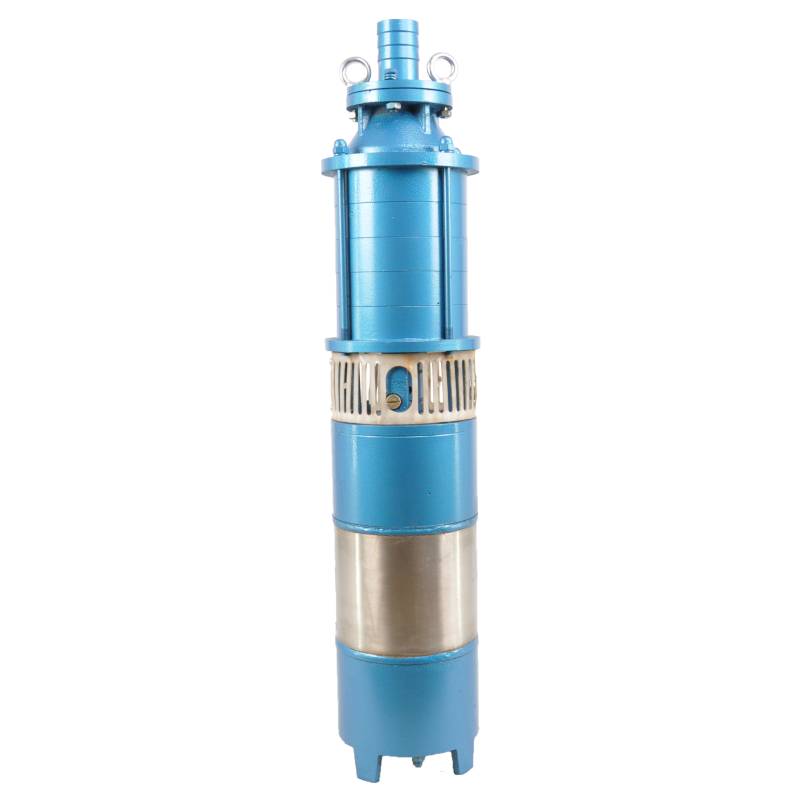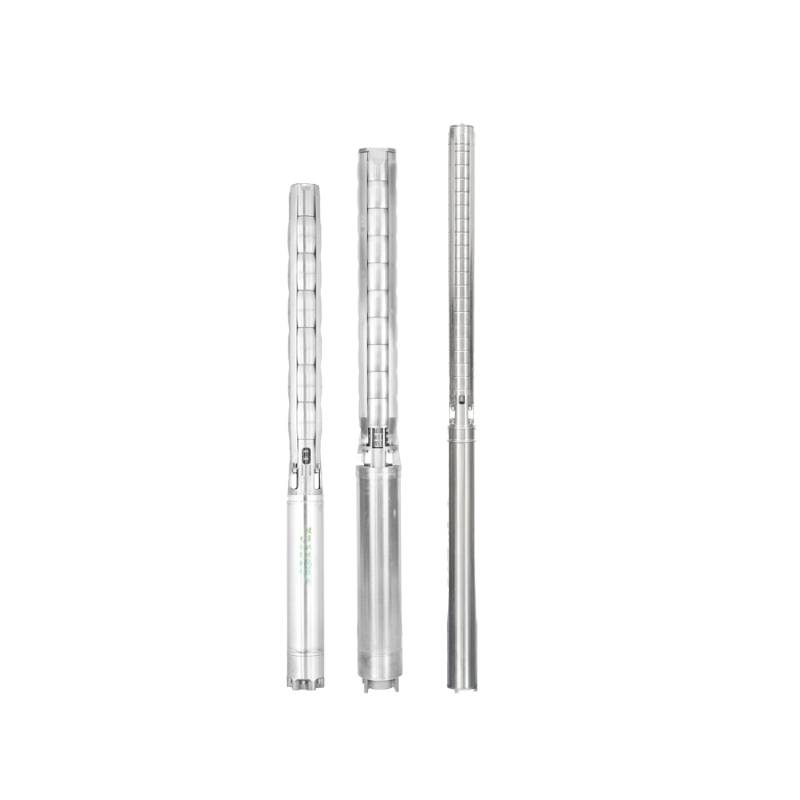Sep . 07, 2024 11:49 Back to list
Priming a Submersible Well Pump
Priming a Submersible Well Pump A Comprehensive Guide
Submersible well pumps are a staple in both residential and agricultural water systems, efficiently delivering water from deep underground. However, before these pumps can operate effectively, they require proper priming. Priming is the process of removing air from the pump and its piping, ensuring that water can flow smoothly and prevent any damage to the system. This article outlines the essential steps and considerations for priming a submersible well pump.
Understanding the Submersible Well Pump
A submersible well pump is designed to be placed underwater in a well, using an electric motor to drive an impeller, which pushes water to the surface. Unlike other pumps, submersible pumps have a unique advantage because they do not require a suction lift, allowing them to be very efficient in moving water from great depths. However, if not properly primed, air can get trapped in the pump or pipes, leading to a condition known as cavitation. Cavitation can cause significant damage, hindering the pump’s performance and longevity.
Steps to Prime a Submersible Well Pump
1. Ensure Proper Installation Before priming can begin, ensure that the pump is installed correctly. Check that all connections are secure, and the pump is positioned properly in the well. The pump’s intake should be submerged in water to prevent air from entering.
2. Fill the Discharge Pipe Begin the priming process by filling the discharge pipe with water. This is often done by using a hose connected to a nearby water source. Ensure that the pipe is filled entirely, as any air pockets can lead to issues once the pump starts operating.
priming a submersible well pump

3. Check the Electrical Connections Before turning on the pump, verify that all electrical connections are safe and functional. Inspect the circuit breaker, fuses, and wiring for any signs of wear or damage.
4. Start the Pump Once the discharge pipe is filled and all connections are checked, power on the pump. It’s essential to monitor the system closely during the initial startup. Listen for any unusual noises that might indicate a problem, such as straining sounds or vibrations that suggest air is still trapped.
5. Check for Air in the System After starting the pump, observe the water flow rate. If the flow is weak or intermittent, this could be a sign of remaining air in the system. In such cases, you may need to repeat the filling process or use a priming valve to expel any trapped air.
6. Maintenance and Regular Checks After successful priming, regular maintenance is crucial to ensure the pump operates efficiently. Check the system periodically for air leaks, and ensure water levels in the well remain satisfactory.
Conclusion
Priming a submersible well pump is a straightforward yet critical task that ensures efficiency and longevity of the system. By following these steps, homeowners and farmers can ensure their water delivery needs are met without interruption. Proper installation, monitoring, and maintenance will allow submersible pumps to function optimally, providing reliable access to groundwater for years to come.
-
submersible-sump-pump-auto-drainage-for-crawlspaces
NewsAug.22,2025
-
solar-powered-stainless-steel-submersible-well-pump-setup
NewsAug.22,2025
-
stainless-steel-well-pump-flow-rate-optimization
NewsAug.22,2025
-
water-filled-submersible-pump-fish-farm-oxygenation
NewsAug.22,2025
-
submersible-pump-in-aquaculture-and-fish-farming
NewsAug.22,2025
-
deep-well-submersible-pump-for-drought-areas
NewsAug.22,2025
-
 submersible-sump-pump-auto-drainage-for-crawlspacesCrawlspaces, those narrow areas beneath homes, are prone to water accumulation due to leaks, groundwDetail
submersible-sump-pump-auto-drainage-for-crawlspacesCrawlspaces, those narrow areas beneath homes, are prone to water accumulation due to leaks, groundwDetail -
 solar-powered-stainless-steel-submersible-well-pump-setupHarnessing solar energy to power stainless steel submersible well pumps is a sustainable and coDetail
solar-powered-stainless-steel-submersible-well-pump-setupHarnessing solar energy to power stainless steel submersible well pumps is a sustainable and coDetail -
 stainless-steel-well-pump-flow-rate-optimizationIn various applications like agriculture, domestic water supply, and industrial use, the flow rate oDetail
stainless-steel-well-pump-flow-rate-optimizationIn various applications like agriculture, domestic water supply, and industrial use, the flow rate oDetail
